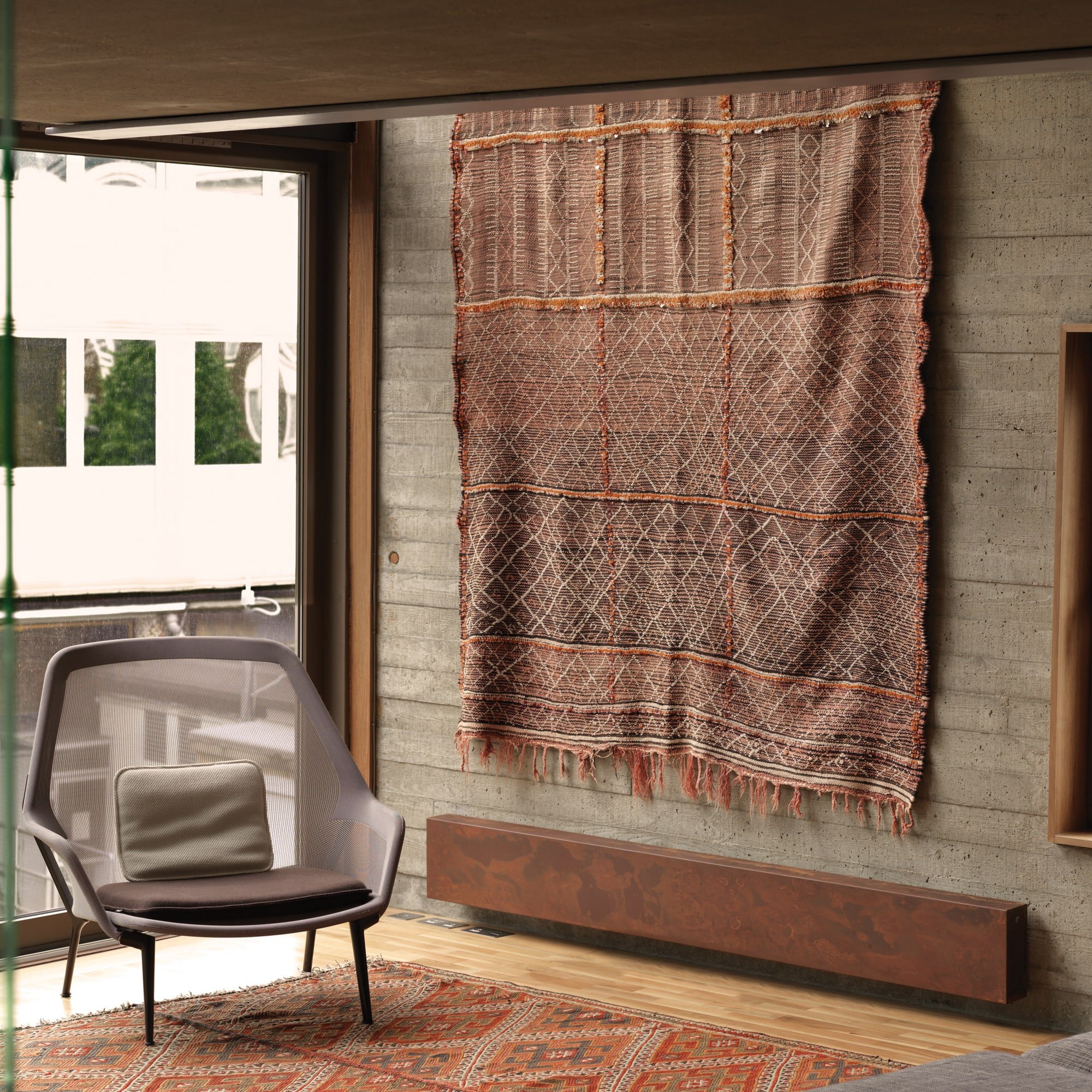
INFORMATION ABOUT YOUR COLD SPOTS
You’ve received your radiator and now comes the installation part. In this case, we are talking wet system radiators. Whether you’re the handy sort and installing yourself. Or you’ve booked in a plumber, the crucial part of ensuring that your radiators work perfectly, is bleeding and balancing. What comes first? Bleeding? Or balancing? Well, the first thing an installer will do is to make sure that your system is flushed, has inhibitor in and is vented (bled). If your system doesn’t have an inhibitor in, it could become corrosive causing major, terminal issues to your radiators. If your system isn’t bled and balanced, then you’re going to experience annoying cold spots on your radiators. This isn’t terminal so don’t worry, your radiator isn’t damaged and you haven’t received a badly designed radiator. It’s a very simple and very common issue. A huge majority of technical calls are from people that haven’t had their system bled and balanced properly as a matter of course on installation. Venting, or bleeding as it’s more commonly known, means to fully remove all of the air in the radiators. So you need to bleed your radiators first. Most of you will know how to bleed a radiator but what’s important to remember is that you need to turn off your heat first before bleeding. This is because an active heating system can introduce more air into the system. You want your radiator’s contents to settle completely before releasing the air trapped within. Allow time for the heat in your system to dissipate, then feel all over your radiator for heat. If any part of your radiator is still hot, wait for it to cool completely before proceeding to the next step. If in doubt about bleeding your radiators, check out the Eskimo technical help file ‘venting procedure‘.
Then comes the balancing, not so commonly understood but easily learnt. If you want some thorough technical help, have a read of our Eskimo technical help file ‘radiator balancing’. However, at its simplest, balancing just means adjusting the radiator valves so that the radiators all heat up at the same rate. If a radiator is too cool, it needs more hot water flowing through it, and if another is too hot, then the flow through it needs restricting.
Balancing may be necessary any time radiators are fitted in an existing system or upon the installation of an entire heating system. If a system is not properly balanced it will result in one or more radiators not heating up properly, or not heating up at all. A basic explanation of what balancing involves is helped by an understanding of the way water behaves when flowing through any pipe-work system and what is meant by pressure drop. Pressure Drop describes the effect of friction on the water flowing through pipes – the resistance to the flow of the water.
This resistance is increased by twists and turns and will be higher in a smaller diameter pipe than it will be in a larger one. It’s also increased every time the water flows from a pipe of one diameter to a pipe of a different diameter or through a valve. Pressure drop is measured in Bar or PSI and essentially the water pump has to generate enough pressure to overcome the total pressure drop (can also be called pressure loss) in the system. Every radiator will have a different pressure drop. Combine this with the fact that the pipes flowing to and from each radiator will be of different lengths and take straighter or more circuitous routes and you’ll see that the water will have to work harder to flow round some radiators in your system than others. Lazy water – the water flowing around your system is essentially lazy. It will follow the path of least resistance. If radiator A and its associated pipe-work has a lower pressure drop than radiator B, then more of the water will flow to radiator A. If the pressure drop through radiator B and its pipes are much higher than radiator A then it won’t bother going through radiator B at all. That’s why, we often hear that a radiator upstairs or on the far end of a system, is the one that is having problems.
Balancing is a simple operation that any competent householder should be able to do too. I stand by that because I’ve done it myself and I had a fear of carrying out such a heuristic and seemingly technical activity. Your installer will have completed this for you though as a matter of course, but if for some reason this has been missed, give them a call as they’ll want to rectify this. So we know that balancing is the name for the procedure that ensures that each radiator in the system has a roughly equal pressure drop and is done by using the lockshield valve on the return side of the radiator (the downstream side). Start by fully opening the main wheel valves or TRVs on all the radiators. Then unscrew or prise off the plastic caps on the lockshield valves. In most cases this will reveal a half-moon-section brass spindle sticking out of the top of the valve, which can be turned using a small adjustable spanner. Try to avoid using pliers, as the jaws might slip and burr the spindle.
Then, starting with the radiator nearest the boiler, close the lockshield valve completely off (fully clockwise) and then open it a one-quarter turn. Do the same with the next radiator, this time opening it three-eights of a turn. And so on until the radiator furthest from the boiler, which should have the lockshield valve fully open.
With the boiler and pump running, see how quickly the radiators warm up and how comfortable the rooms are. Make further small adjustments until the system is balanced to your satisfaction. Then replace the plastic covers on the lockshield valves. A more precise method is to use a pair of clip-on pipe thermometers on the flow and return pipes at either end of the radiator. Starting with the radiator nearest the boiler, adjust the lockshield valve until you get a temperature drop. This temperature drop will usually be something between 10ºC and 20ºC depending on your system – if in doubt go for 12ºC across the two pipes – they key is to ensure that the temperature drop is the same across each rad. Then move on to the others in turn.
Bleeding and balancing makes a World of difference once you know about it because there is nothing more frustrating for customers when their radiators are just not heating up or have cold spots. What we can reassure you is that your radiator is not faulty. Bleeding and balancing is the issue and it’s easily solved. So don’t get mad with your radiator, vent your radiator instead and experience a more balanced home.

